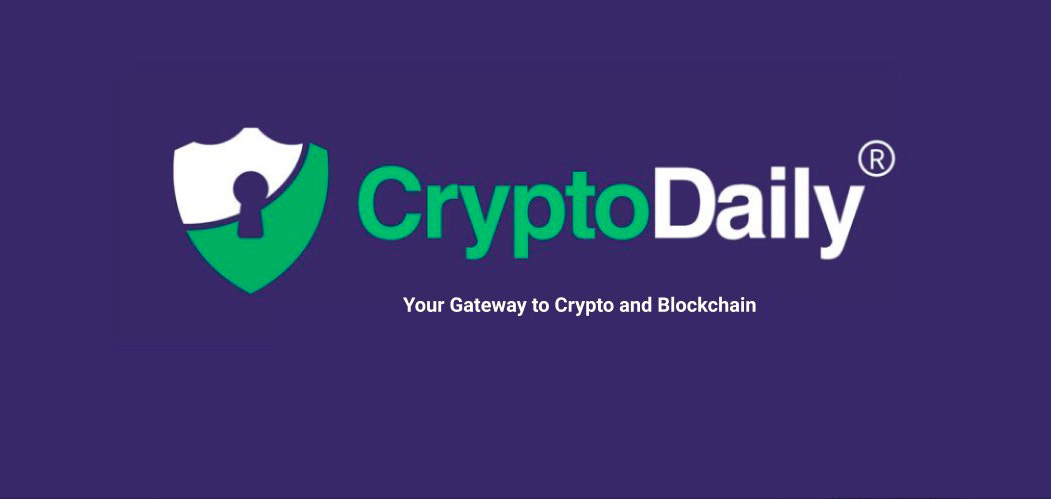Published
5 years ago on
May 21, 2018
Hot Topics
Could Zilliqa (ZIL) Be The Answer To Blockchain Scalability?

Altcoins
April 26, 2024
Ethereum Price Prediction: Can ETH Dip To $2700 After Consensys vs SEC Lawsuit, Meme Coins To Rally?

Breaking News
April 26, 2024
Memecoin Rally Suggests Renewed Confidence in Crypto Market: $WIF, $PEPE, and PawFury ($PAW) Lead the Charge

Altcoins
April 26, 2024
Solama Soars Up: The Best Solana Meme Coin of 2024

Breaking News
April 26, 2024
Consensys Fights Back: Lawsuit Against SEC's Oversight of Ethereum

Altcoins
April 26, 2024
Kaspa (KAS) and Injective Protocol (INJ) to be first of the blue chip altcoins to recover

Bitcoin
April 26, 2024
Bitcoin upcoming monthly close will be crucial

PR
April 26, 2024
Earn Rewards with Barbie Girl Memecoin: Refer Friends & Get 10% Bonus on BBG Investments

Breaking News
April 26, 2024
Memecoin Rally Suggests Renewed Confidence in Crypto Market: $WIF, $PEPE, and PawFury ($PAW) Lead the Charge

PR
April 26, 2024
